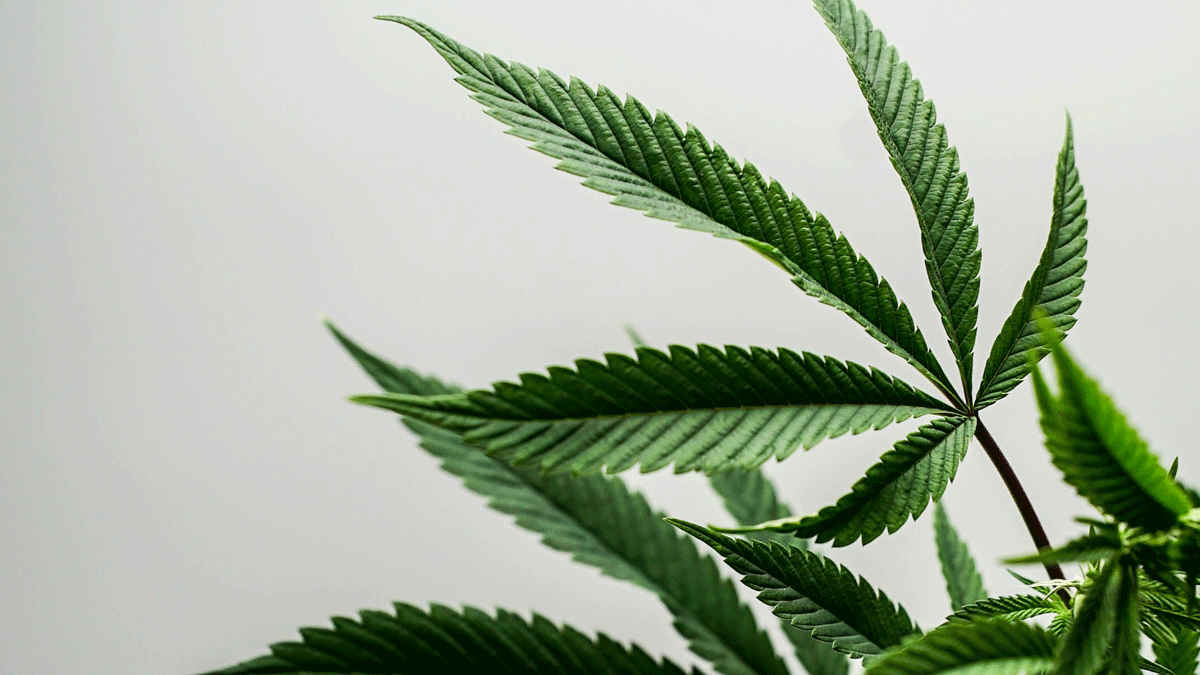Do you know the tell-tale signs that your rental might be being used as a drug lab?
Toxic chemical residue, fire damage, unpaid utility bills, damaged ceilings, modified plumbing, fortifications, the aftermath of explosions – these are all potential issues for landlords who discover their rental has been used as some kind of drug den.
According to the Australian Crime Commission, there were 312 drug labs detected across the country in FY20, with 74 per cent of these found in residential locations – nice, unassuming homes in typical suburban streets. The type of set-ups include cannabis farms and meth labs, with operators ranging from lone addicts or dealers, to organised crime gangs.
The aftermath
If a property has been used as a cannabis farm, the landlord is likely to be left facing some serious damage – growers of any kind need to water their crops and the easiest way to do that is usually to cut huge holes in the ceiling and run water into the rooms. The result of these makeshift plumbing exploits is often extensive water damage and costly repairs to reinstate pipes, systems and fittings. It’s not just water pipes housed in the ceilings, but also a myriad of extension cords providing electricity to lights, heaters/coolers and other paraphernalia. To access the electricity, the meter boards are usually tampered with and the home becomes a potential fireball-waiting-to-happen.
Speaking of potential fireballs… if the rental has been used to manufacture illicit drugs like methamphetamine, cocaine, ecstasy or GHB, the landlord can be left with the smouldering remnants of the building as fires and explosions are not uncommon. Even if the property survives the actual ‘cooking’, it will take more than some ‘spray and wipe’ and a vacuum to make it safe to live in again as contaminated homes can pose serious health risks.
Could your rental be a drug den?
While there’s no fool-proof way to foresee a tenant turning a home into a drug lab, there are things you can do to help reduce the risk…
Do your due diligence
Screening prospective tenants to make sure they have the means to pay the rent, the desire to look after the property and (as much as you can discern) a disposition that doesn’t make you instantly call into question their character, is always a necessity. Be sure to conduct the usual reference checks – income, employment, character, rental history, credit – but also pay attention to their behaviour when inspecting the property.
It may pay to dig a little deeper into the background of the renter if they are:
- disinterested in the features of the property, like the kitchen, bedrooms and bathrooms which are normally of great interest, or surrounds such as proximity to public transport, schools and shopping (the ‘cooks’ may not even be planning to live on the premises)
- willing to pay rent months in advance – and in cash
- keen for you to avoid making background checks (organised crime gangs often send in ‘dummy’ applicants)
- willing to install extensive security at their own cost.
Watch out for ‘red flags’ during inspections
With a ‘grow house’ able to be set up in less than a day and a meth lab taking only marginally longer to establish, a rental can quickly transition from a home to a drug den. This makes it imperative that landlords and agents stay vigilant.
During the tenancy, be mindful of:
- Locks being changed without permission.
- Excessive fortification such as security systems, barbed wire fencing, CCTV, window bars, guard dogs or deadbolts/alarms on internal doors and blacked out windows.
- Modifications to the property’s plumbing, electricity or ventilation.
- Appliances such as extractor fans or pool-cleaning equipment in odd locations or unnecessarily onsite (e.g. no pool).
- Modifications to sheds such as new locks, extension power cords running from the house, false partitions or access blocked and surrounding areas enclosed.
- Smoke detectors disconnected/removed.
- Light bulbs removed (sparks can cause explosions).
- Chemical odours (acetone, ammonia or ether) and suspicious run-off in nearby drains.
- Damage from intense lighting or water.
- Dead vegetation or burn pits in the yard.
- Substantial spike in utility costs or tampered with meter boards.
- Large volumes of chemical containers/drums (labelled solvent, acid, flammable), garden fertiliser, drain cleaner, baking soda, tin foil, paint thinner, broken open lithium batteries, gas cylinders, pipes and hoses or empty tablet blister packs stockpiled onsite or dumped nearby.
- Evidence of laboratory equipment such as beakers, flasks, test tubes or pH testers.
- Chemical stains around the kitchen sink, laundry tub or toilet.
- Premises not appearing lived in e.g. no furniture or personal effects.
- Tenants regularly avoiding/postponing/cancelling property inspections.
Don’t dismiss neighbour concerns
Be suspicious if the neighbours report:
- Curtains always drawn.
- Residents burning rubbish.
- Unusual behaviour, visitors to the property late at night, and suspicious comings and goings.
- Concerns about strange smells, interior lighting or noises like the sound of constantly running water/fans/pumps.
- Occupants eating, drinking and smoking outdoors regardless of weather (which may be due to fumes inside).
Smell a rat – or something else rather unpleasant?
If you suspect your rental is being used as a drug lab, don’t attempt to enter the premises or confront the tenants – call the police.
Is a drug lab clean-up covered by insurance?
The cost of repairing damage and remediating a contaminated home can stretch into the tens of thousands of dollars – and it’s a cost many landlords face alone. Often, landlord insurance policies exclude claims relating to drugs, whether it is a blanket exclusion or one related to a premises being used to generate income or used for illegal purposes.
EBM RentCover is one of the few landlord insurance providers that protect a landlord’s investment property by covering drug lab clean-ups (up to $70,000 to cover damage to the building and contents caused by meth labs or hydroponic set-ups). It’s just another way we help landlords and property managers feel confident they are well protected by insurance.
*While we have taken care to ensure the information above is true and correct at the time of publication, changes in circumstances and legislation after the displayed date may impact the accuracy of this article. If you need us we are here, contact 1800 661 662 if you have any questions.
You may also like
View all
At EBM RentCover, we are separating fact from fiction and debunking many typical landlord insurance myths...

Worried about the impact pets might have on your rental? We explain how landlords can protect their investment properties from damage…



